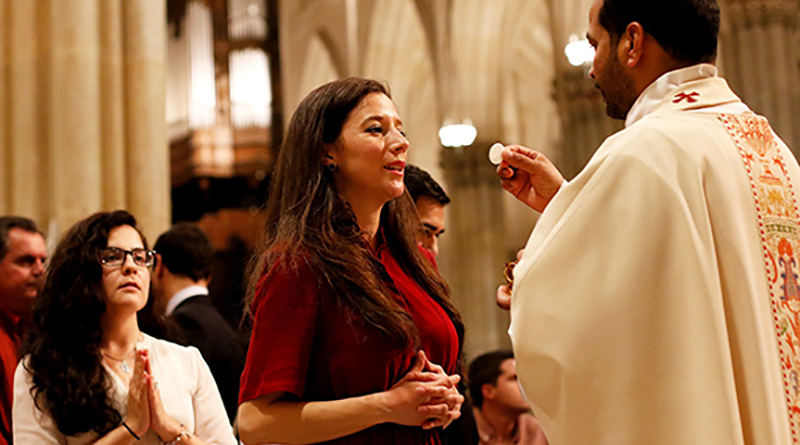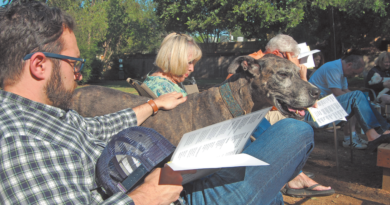Downward Mass Attendance Trend Concerns Pastors

A six-decade drop in Catholic Mass attendance in the United States continued through 2017, a trend which concerns two Dallas pastors, even though their Sunday turnouts have grown slightly.
Monsignor Donald Zimmerman and the Rev. Michael Guadagnoli don’t dispute a recent Gallup report that states, from 2013 to 2017, only 39 percent of American Catholics polled said they regularly attended Mass.
That’s down from 46 percent in a similar poll for 2005 through 2008. The data starkly contrasts 1955 when 75 percent of Catholics polled said they attended Sunday services.
In contrast, the Catholic Diocese of Dallas reported that weekly Sunday attendance at Christ the King Church on Preston Road grew from 1,938 people in 2013 to 2,027 in 2017.
But Zimmerman, pastor at CTK, said that’s “marginal” and possibly linked to a population spike in north Dallas that’s spilling into Collin and Denton counties. Therefore, he added, Gallup’s data is “probably accurate” and could reflect actual attendance at his parish.
“Almost every family I know has a dear friend and family member who no longer attends Mass, and that number is growing,” Zimmerman said. “It’s cause for alarm, and it calls for a conversation among the clergy.”

Guadagnoli agrees.
He’s the pastor at St. Monica Catholic Church, on Midway Road, which also saw slight growth. The diocese reported that 3,379 people filled St. Monica’s pews in 2017, up from 3,050 in 2013.
“We’re happy we have those numbers,” Guadagnoli said, “but we can’t rest on our laurels.”
Zimmerman noted how church scandals across the nation have had “a negative impact.”
Also, he and Guadagnoli both described attitude shifts among current generations, from the Baby Boomers to the Millennials.
“There used to be an obligation or even a pride to say, ‘Yes, I’m Catholic,’” Guadagnoli said. “But now it’s, ‘Don’t pin me down to a particular church or denomination.’”

But, Zimmerman said, when infrequent attendees of Mass do contact the clergy, it’s time for engagement, not judgment. A good example, he said, is when they seek church weddings.
“We have a traditional church,” he said, “with the long aisle and the stain-glass windows, and brides want to get married here, although they may not be traditional in the rest of their lives. But you take them where they are.
“We must be user-friendly, and that does wonders. Once that relationship is established, you build on it.”
Both pastors noted that, as congregations in Collin and Denton counties grow in step with recent boosts in population, the diocese desperately needs more parishes and clergy. But that challenge, coupled with dropping Mass attendance, actually brings blessings, Guadagnoli said.
“I don’t want to call it job security, but we have more work to do,” he added. “We want to meet people where they are, but to really proclaim the Gospel, that Jesus loves them, and calls them into that relationship.
“The sign it’s working is when they are becoming disciples, followers of Christ, which, of course, continues the Great Commission.”








